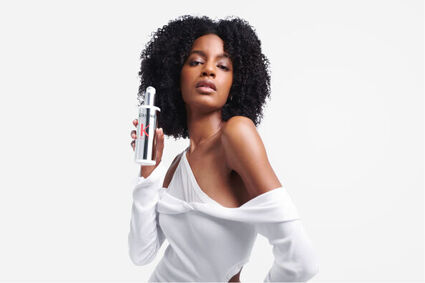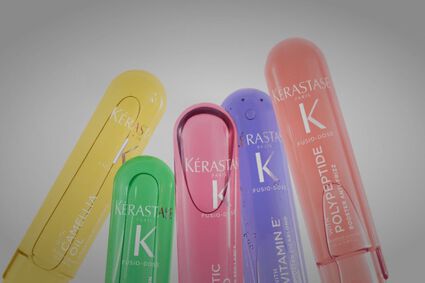How to Treat Different Types Of Hair Damage
Damaged hair comes in various forms, from split ends and breakage to dryness and over-processing. Each type of damage requires a tailored approach to repair and restore your hair to its former glory. Not sure how to treat different types of hair damage? Don’t worry as we’re here to the rescue with the perfect hair damage solution for your hair type. Read ahead to explore different hair damage types and provide effective damaged hair treatments to address each one, helping you achieve healthier, more resilient hair with ease. Here’s all you need to know.
Types of Hair Treatment For Damaged Hair
1. Split Ends
Split ends occur when the protective outer layer of the hair shaft (cuticle) deteriorates, causing the inner layers to split. To treat split ends:
- Trim Regularly: Schedule regular trims every six to eight weeks to remove split ends and prevent them from travelling up the hair shaft. This will not only prevent further damage but also allow your hair to look and feel healthy.
- Deep Conditioning: Incorporate regular deep conditioning treatments such as hair masks to nourish and hydrate the hair, minimising the appearance of split ends and promoting overall hair health.
- Avoid Heat Styling: Limit the use of heat styling tools and opt for heat-free styling methods to prevent further damage to the hair cuticle.
- Check Your Water: Did you know that calcium in the water you use to wash your hair can also damage your hair? Hard water containing calcium can amplify damage to fragile, dry, over-processed, or bleached hair. Due to increased porosity, damaged hair absorbs three times more calcium than untreated hair, thereby making it important to use products that can help decalcify your hair.
2. Breakage
Hair breakage refers to the snapping or fracturing of the hair shaft, resulting in shorter hair and uneven texture. Here’s how you can cure damaged hair that is prone to breakage:
- Protein Treatments: Use protein-rich hair treatments to strengthen the hair shaft and reduce breakage. Look for products containing keratin, collagen, or amino acids.
- Gentle Handling: Be gentle when detangling and styling your hair to minimise breakage. Use a wide-toothed comb or a detangling brush and avoid harsh pulling or tugging. You can also use your fingers to detangle your hair gently.
- Protective Styling: Opt for protective hairstyles such as braids, buns, or twists to minimise and reduce the risk of breakage.
3. Dryness and Frizz
Dry, frizzy hair lacks moisture and tends to become brittle and prone to breakage. Treat dryness and frizz by keeping the below-mentioned things in mind:
- Hydrating Shampoos and Conditioners: Use moisturising, damage repair shampoos and anti-hair fall conditioners formulated to hydrate and nourish dry hair. Look for products containing potent ingredients to cure damaged hair.
- Deep Conditioning Masks: Apply a specially formulated deep conditioning hair mask for damaged hair to replenish moisture and improve hair elasticity. Include it in your hair care routine at least once or twice a week to reduce dryness and frizz effectively.
- Leave-In Serums: Use leave-in hair serums to provide an extra layer of moisture and combat frizz throughout the day. Apply a small amount to damp or dry hair, focusing on the mid-lengths and ends.
4. Over-Processed Hair
Over-processed hair results from excessive use of hair colour, bleach or chemical treatments leading to weakened and damaged hair. Treating over-processed hair is now simple in the following ways:
- Protein Treatments: Use protein-rich treatments to repair and strengthen the hair shaft, restoring elasticity and resilience. Look for products specifically designed for chemically treated hair.
- Moisturising Treatments: Follow up protein treatments with moisturising treatments to replenish lost moisture and improve hair texture. Opt for products containing hydrating ingredients like hyaluronic acid, panthenol, or silk proteins.
- Limit Chemical Treatments: Minimise the use of harsh chemical treatments and opt for gentler alternatives whenever possible. Allow your hair time to recover between treatments to prevent further damage.
5. Preventive Measures
In addition to treating existing damage, it's essential to take preventive measures to maintain healthy hair:
- Limit Heat Styling: Reduce the frequency of heat styling and use heat protectant products before applying hot tools to minimise damage.
- Protect Your Hair: Wear a hat or scarf to shield your hair from the sun, wind, and environmental pollutants. Additionally, use products with UV protection to prevent sun damage.
- Use Gentle Hair Care Practices: Be gentle when washing, detangling, and styling your hair to minimise breakage and damage. Use a cotton t-shirt to dry your hair, and use satin or silk pillowcases to reduce friction.
- Avoid Overwashing: Overwashing strips the hair of its natural oils, leading to dryness, frizz, and damage. It is recommended to wash your hair no more than two to three times per week to maintain a healthy balance of oils and preserve the hair's natural moisture.
Discover Your Damage Hair Repair Regime With Kérastase
To revive and restore damaged hair effortlessly, kickstart your repair journey with Première.
Start with the Concentré Décalcifiant Ultra-Réparateur Repairing Pre-Shampoo Treatment - a potent formula crafted to detoxify and prepare your hair for deep restoration. This pre-shampoo treatment works to remove impurities and buildup, paving the way for enhanced absorption of subsequent repairing agents. Follow it up with the Bain Décalcifiant Réparateur Repairing Shampoo, specially formulated to cleanse and repair damaged hair while maintaining scalp health. Its gentle yet effective formula makes it one of the best shampoos for damaged hair. This shampoo targets damage at the root, leaving your hair clean and refreshed.
Continue your repair regimen with the Masque Filler Réparateur Anti-Breakage Repairing Hair Mask, a luxurious treatment designed to fortify and strengthen damaged hair fibres. This intensive hair mask penetrates deep into the hair shaft to reduce breakage and improve overall hair resilience for all types of damaged hair. Finally, seal in the repair with the Sérum Filler Fondamental Repairing Anti-Frizz Serum, a lightweight hair serum for frizzy hair that tames frizz, adds shine, and protects against further damage. Following this hair care routine religiously can help you bid farewell to damaged hair and embrace revitalised, healthy hair with ease. So, what are you waiting for?
In conclusion, treating different types of hair damage requires a targeted approach tailored to your specific concerns. Browse through the wide range of Kérastase damaged hair products and incorporate the recommended treatments and preventive measures into your hair care routine to flaunt the healthy hair of your dreams. All you need to do is be patient and consistent, give your hair some pampering time and dedication and you’ll see the difference for yourself!
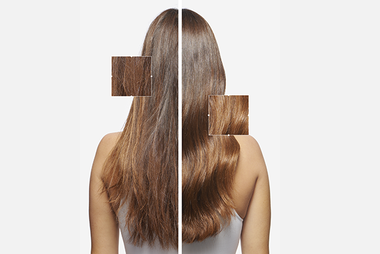
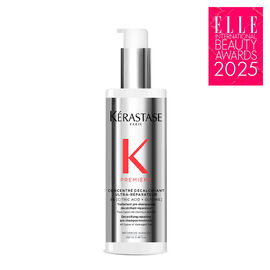
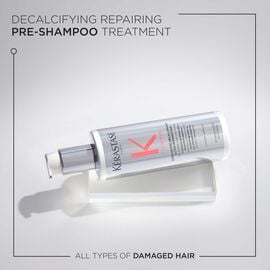
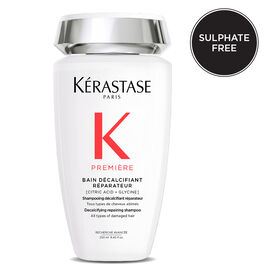
.jpg?sw=270&sfrm=jpg&q=80)
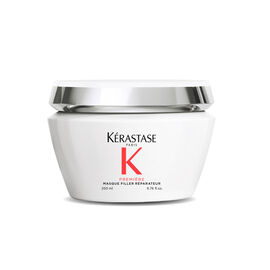
.jpg?sw=270&sfrm=jpg&q=80)
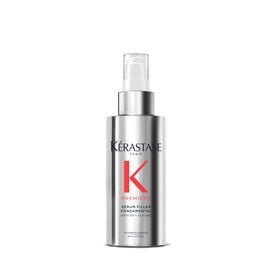
.jpg?sw=270&sfrm=jpg&q=80)
